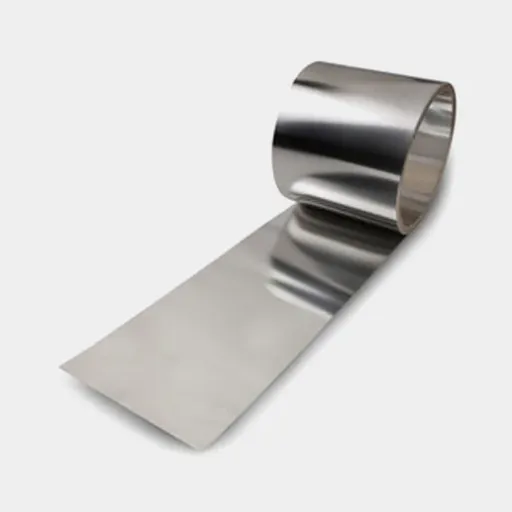Stainless steel has a range of applications, and stands out for being robust, flexible, and resistant to corrosion. One of the distinct stainless steel families is the 201 grade, because it balances budget with performance. How is it different from the other grades, and where is it used? An article will deal with these questions and explain how manufacturers and engineers can benefit from considering it for their work. As a 201 stainless steel specialist, I will freshen up the knowledge about this quality and guidance for those who want to start a new project to use it.
What Makes Grade 201 Stainless Steel Special
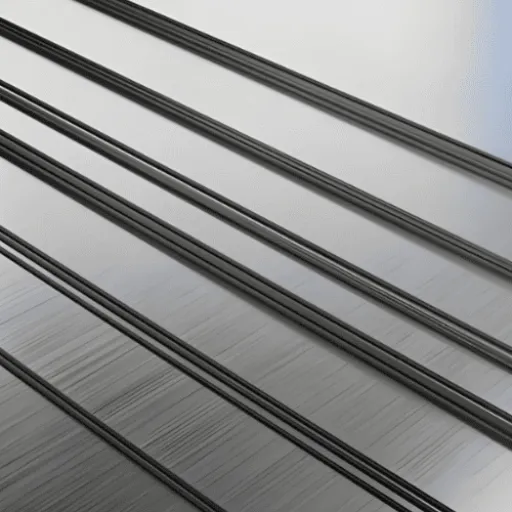
What sticks Grade 201 stainless steel out from the other steel types is the high amount of manganese and nitrogen it has. This strengthens the material while allowing it to be cost-effective. I have applied this steel in cases where there is a need for a mix of durability and cost like in kitchen equipment, automotive components, and buildings. This can be used where there is a need for cost effectiveness like in manufacturing and construction.
Key Distinguishing Features:
- High Manganese Content: Provides strength while reducing costs
- Nitrogen Addition: Enhances mechanical properties
- Reduced Nickel: Makes it more cost-effective than premium grades
- Austenitic Structure: Maintains good formability and weldability
Chemical Composition and Properties
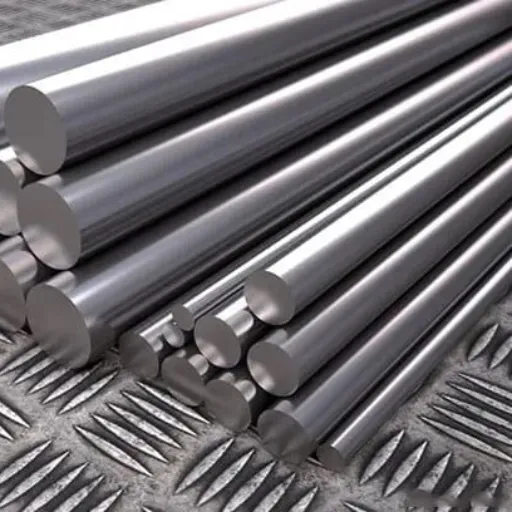
Type 201 Stainless Steel is a creation of an austenitic alloy made with chromium, nickel and manganese to provide a cheap steel option with a good alternative to the popular Type 304. It helps in reducing the nickel content and increasing the nitrogen and manganese hence provides a cheaper alternative to a number of application with good performance to the high class especially in the more cheap examples of weldments and construction.
| Element | Composition Range (%) |
|---|---|
| Chromium | 16-18% |
| Nickel | 3.5-5.5% |
| Manganese | 5.5-7.5% |
| Carbon | ≤ 0.15% |
| Other Elements | Silicon, Nitrogen, Phosphorous (traces) |
The reduction in the nickel content improves the malleability and resistance of the steel, which also decreases the requirement for other production systems. Compared to the high-grade chromium nickel steels, Type 201 cannot be used in applications that require resistance to chloride or chemical attack, as in the case of Type 304 and 316, which would require protection from chloride damage.
Mechanical Properties
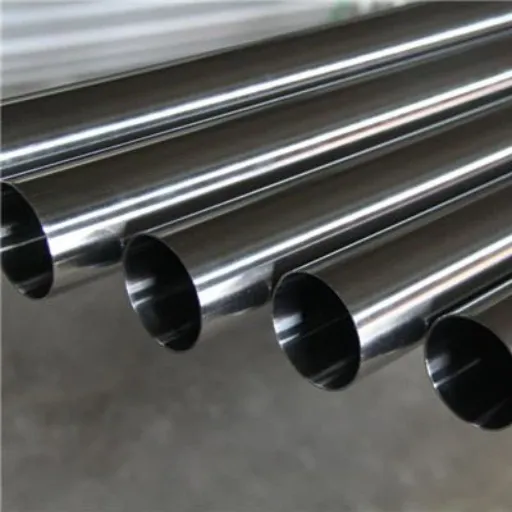
Ultimate Tensile Strength and Durability
The question seems to be about the mechanical properties of 201 stainless steel. As evidenced in the data, 201 stainless steel possesses an ultimate tensile strength that varies between 515 MPa to 750 MPa. The steel also has a yield strength of around 275 MPa at the minimum and elongation to break of 40% in an annealed condition.
| Property | Value | Condition |
|---|---|---|
| Ultimate Tensile Strength | 515-750 MPa | Annealed |
| Yield Strength | ≥ 275 MPa | Minimum |
| Elongation | 40% | Annealed |
201 steel is known for having a tensile strength ranging from 515 MPa to 750 MPa, which means it is able to meet the requirements of modules needing a decent amount of strength. The product can be used to produce some structures and equipment and provide steady durable service. The steel can be rolled and stamped on an elevated work hardening device, which makes the steel well suited for the production of kitchenware, automotive trims, as well as areas of architecture.
Corrosion Resistance Properties
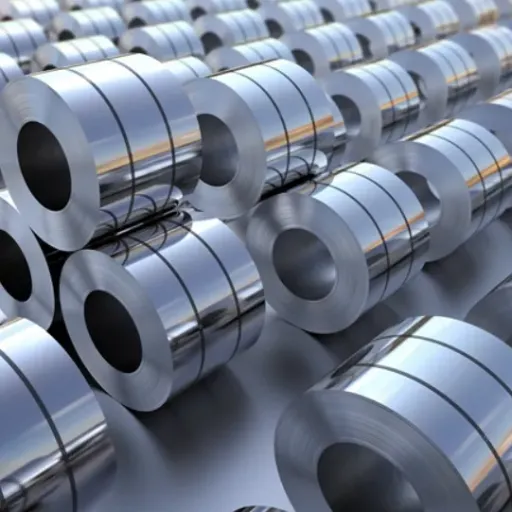
The properties of this grade of stainless can largely be distinguished by looking at the level of nickel, which on the steel 201 accounts for 3.5-5.5% and is surpassed by the levels of manganese. The oxide-sulfate structure aids the steel in the low to medium range and only very slightly resists to the oxidation and, through stamping, is not aids to form in the reactive corrosives.
⚠️ Important Considerations:
While 201 stainless steel generally resists rust and staining it is less effective in situations of high acidity with marine applications given its susceptibility to pitting and crevice corrosion. For instance, compared to grade 304, where stainless steel’s resistance number (PREN) is 18-20, 201 stainless steel hovers between 16 and 18, which also signifies its poor performance relatively to saline.
| Grade | PREN Value | Corrosion Resistance |
|---|---|---|
| 201 | 16-18 | Good (low-moderate environments) |
| 304 | 18-20 | Excellent (general purpose) |
| 316 | 24-26 | Superior (marine/chemical) |
Nonetheless, the protective features such as coatings, or even passivation, and specific repairs to the stainless steel further enhance the corrosion for the specific parts. Its perfect usage is in the small tool parts and even the trims in architecture where the items can hardly be exposed to the etching agent’s elements. In cases of more severe agents, 316 and 304 steels in stainless versions exceed the requirements as they contain a higher amount of nickel and chromium.
Benefits of Using Grade 201 Stainless Steel
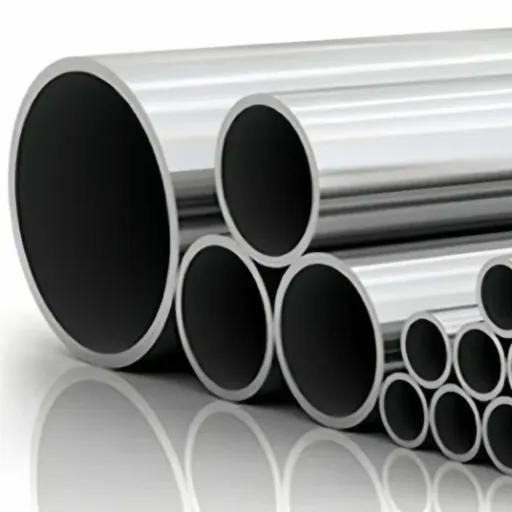
I find it convenient to extensively make use of Grade 201 stainless steel as it is very affordable in comparison with other types. The metal is able to withstand corrosion in many environments with the exception of very aggressive ones. Moreover, the metal is also very easy to join and shape and, therefore it is optimal wherever high mechanical properties are not critical and affordability is desired.
Cost-Effectiveness Compared to Other Grades
💰 Cost Advantages
- Production cost can be reduced by up to 50%
- Lower nickel content reduces material costs
- 3-4 times less expensive than Grade 304
- Excellent cost-performance ratio
🔧 Performance Benefits
- Higher yield and tensile strength values
- Good formability and weldability
- Adequate corrosion resistance for most applications
- Easy to fabricate and process
A well-known stainless steel expert could easily verify my claim that 201 stainless steel is the most cost-effective compared to both 304 and 316. This is because 201 steel has a lower content of nickel and is mixed with nitrogen and manganese in place of nickel. To anyone dealing in the production of stainless steel, it is known that nickel is some of the most costly metals and a single-grade reduction can significantly reduce the costs involved. The latest market statistics show that the production cost of 201 stainless steel can be reduced by even half the original, which is a significant value drop in terms of the material procurement cost.
Versatility in Various Applications
Grade 201 is a very flexible stainless steel alloy that’s able to be used in different applications. It’s specifically engineered by balancing mechanical properties, corrosive resistance, and cost, and is one of the best suited for industries that require a certain level of strength and corrosive resistance.
Applications of 201 Stainless Steel
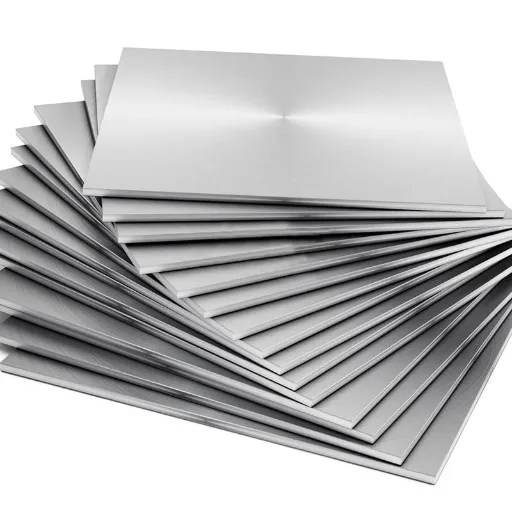
I personally think that for stainless steel grade 201, what makes it desirable is its combination of affordability, strength, and corrosion resistance. For this reason, its use in appliances, automotive trim, cookware, and even decorative applications is not uncommon.
🍳 Kitchen and Cookware Industry
Grade 201 stainless steel has become a popular choice for kitchen and cookware products thanks to its balance of affordability, strength, and corrosion resistance. Its strength makes it useful for kitchen and cookware products like pots, pans, and utensils. Additionally, its corrosion resistance makes it an attractive option for products like cookware. Proper treatment due to its high manganese content has enabled craftsmen to use it for mixing bowls.
Cookware Products
- Pots and pans
- Mixing bowls
- Kitchen utensils
- Non-stick cookware bases
Kitchen Equipment
- Sinks and backsplashes
- Food processing equipment
- Decorative cutlery
- Special cookware items
🚗 Automotive Industry
In the automotive sector, for instance, grade 201 is applied in the production of lightweight technology, trim, and decorative components. It is very desirable because it displays good formability and can be easily cleaned.
Automotive Applications:
- Trim Components: Interior and exterior decorative elements
- Lightweight Technology: Structural components requiring weight reduction
- Decorative Parts: Aesthetic automotive accessories
- Exhaust Components: Non-critical exhaust system parts
🏗️ Construction and Architecture
In as much as industries use grade 201 because it offers numerous benefits, it is even more preferred in architecture and construction. Here, it is often used to prepare claddings, railings, and structural frameworks, perfect for areas with moderate environmental risks. In recent years, the metal has become popular for manufacturing railings and claddings of public buildings, and so is highly estimated as a modern stainless steel.
Construction Applications:
Architectural Elements:
- Building claddings
- Decorative railings
- Structural frameworks
Transportation:
- Airport terminals
- Railway systems
- Underground stations
Public Infrastructure:
- Public building facades
- Urban furniture
- Artistic structures
Professional grade 201 is ideal for the modern integration of airport popular access points like aviations’ “see and proceed,” urban railways, and the sleek underground high-speed trains. In many aspects, the grade 201 is the new standard used in the rail industry for long-distance trains that travel from downtown regions to sub-urban or intercity terminals.
🏠 Furniture and Consumer Products
The modern world is demanding new technological advancements. For that reason, grade 201 stainless steel is being applied, such as advanced technologies that require high-grade and austenitic stainless steel. The cutting-edge technology used for fast cutting and bending of the thin plate allows architectural structuring with artistically bent structures.
Consumer Applications: With the recent rise of internet of things (IOT) consumer products manufacturing, there is an increase in the use of grade 201 in the fabrication of sinks, countertops, and high quality specialized steelware. A lighter form of stainless steel means that products assembled with grade 201 steel are simpler to handle and are easier to enjoy in areas like the Asia-Pacific and Latin America regions where economic constraints dictate product access and functionality.
Industrial Significance
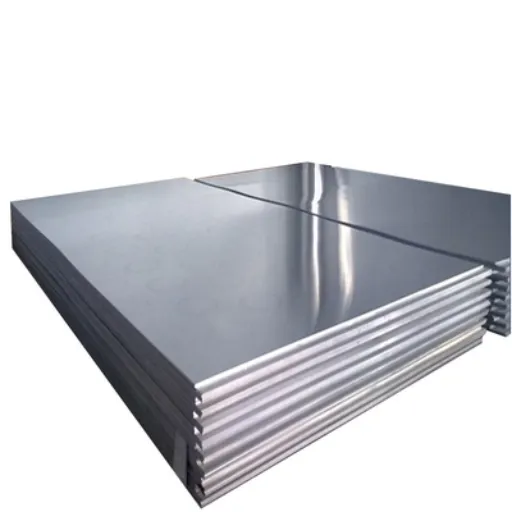
Type 201 Stainless Steel has a special place in the industrial-grade applications that require a balance of performance, price, and material life. Due to its lower nickel and higher manganese content, Type 201 Stainless Steel is more cost-effective compared to other materials of the austenitic type, such as Type 304, making it the best option for budget applications with minimal exposure to corrosive substances.
🏭 Key Industrial Benefits
Cost Efficiency
Significant cost reduction without major performance compromise
Balanced Performance
Optimal balance of strength, formability, and corrosion resistance
Versatility
Suitable for diverse industrial and consumer applications
Reference Sources
-
Understanding 201, 304, and 316 Grades – Blog
This blog explains the properties of Grade 201 stainless steel, including its bright finish, formability, and ductility, making it suitable for intricate designs.
Source -
Stainless Steel Type 201
This source details the development and characteristics of Type 201 stainless steel, highlighting its composition and applications.
Source -
China 201 Stainless Steel Sheet Manufacturer and Supplier
This page discusses the practical and economical benefits of 201 stainless steel as an alternative to other grades like 304.
Source
Frequently Asked Questions (FAQs)
❓ What’s so special about grade 201 stainless steel?
Stainless steel grade 201 is a kind of steel that has commendable abrasion resistance. It is especially used for light duty applications, where good corrosion resistance is needed along with good mechanical properties. It is made of the right balance of chromium, nickel, and manganese, and is also best used in many industrial applications.
⚙️ What are the physical properties of 201 stainless steel?
201 stainless steel is ductile in nature; this together with their other properties—that is, their excellent formability, high tensile strength, and their good formability, heightens their usability in the steel industry. These properties make the 201 stainless steel highly versatile in the construction and steel industries in the processing of coils and many other forms.
🧪 What is the composition of UNS S20100?
UNS S20100 is a grade of steel popularly known as 201 quality steel that typically includes 16-18% chromium, 3.5-6.5% nickel, and 5.5-7.5% manganese. It is designed for use in various environmental settings, especially those that require protection from corrosion, as the alloy has increased resistance to corrosion.
🔧 What are different application areas that benefit from the stainless steel 201 corrosion resistance?
201 stainless steel is used in the production of kitchen equipment, food processing equipment, and architectural components. The stainless steel is highly resistant to corrosion, making it excellent for moist environments that are prone to corrosion.
Conclusion
Grade 201 stainless steel represents an excellent balance between cost-effectiveness and performance, making it an ideal choice for a wide range of applications where premium grades like 304 or 316 may be over-engineered. Its unique composition of reduced nickel content and increased manganese provides adequate mechanical properties and corrosion resistance for most general-purpose applications while significantly reducing material costs. Understanding its properties and limitations is key to successful implementation in various industrial and consumer applications.

